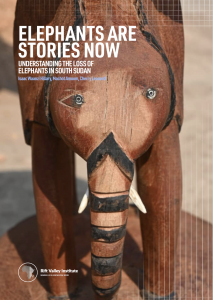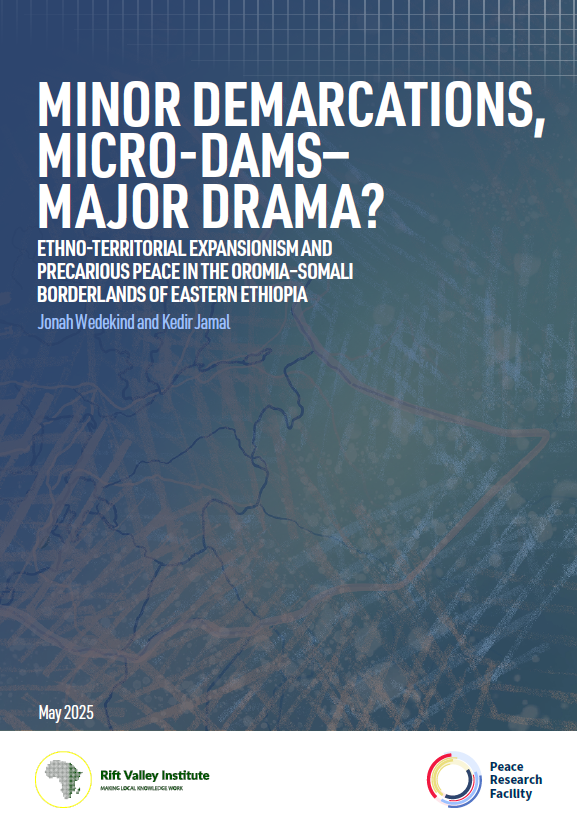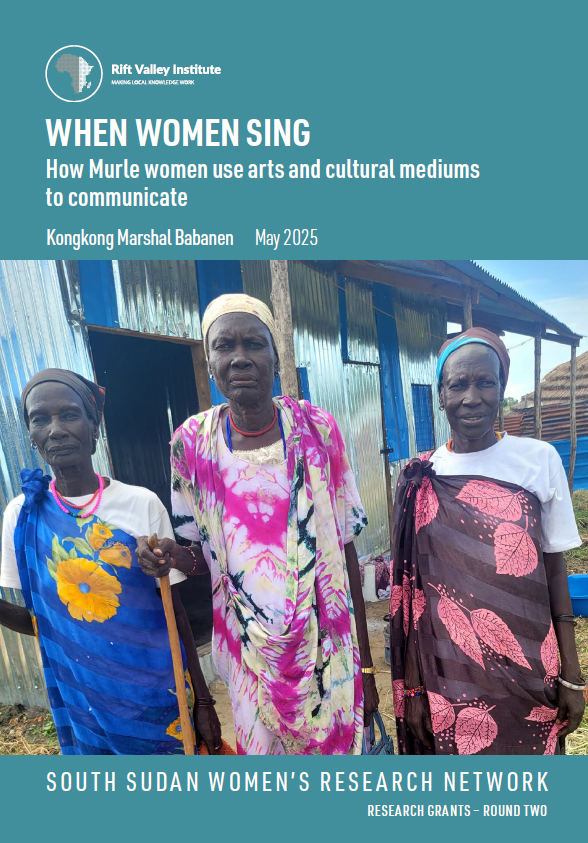UNDERSTANDING THE LOSS OF ELEPHANTS IN SOUTH SUDAN
Introduction
Elephants are iconic animals in South Sudan, featuring on bank notes and state flags and in many myths and sayings. ‘When the elephants fight, the grass suffers’ is one example widespread across the African continent: a popular expression about the effects that conflicts among political and military leaders have on ordinary people. The size and power of elephants has always impressed people and made them important symbols in human cultures. Known for their equally huge appetites, elephants have also played a major role in shaping the landscape by opening up dense forests and creating grazing areas for cattle and other species. Yet over the past fifty years, South Sudan’s elephants have also suffered when people fight. Killed for their ivory and meat to fund and feed armies, elephant numbers have fallen from over 133,000 in the 1970s to possibly only a few hundred today. As some of the elderly men and women interviewed for this report pointed out, children growing up in South Sudan today may never see elephants or other wild animals that were so prominent in these elders’ childhood memories. ‘Elephants are stories now’, as one put it.
What does this loss mean for South Sudanese people, and is there any prospect of conserving or increasing the few remaining elephants in the country? Some of our interviewees had no regrets about the disappearance of these potentially dangerous and destructive animals, which in the past had posed a threat to crops and people. Recent migrations of elephants and other wildlife across the Ugandan border are also perceived negatively by some people in Kapoeta. How did people manage the problematic effects of elephants in the past, and are there lessons to be learned from this for managing human-elephant relations today? These are timely questions as South Sudan’s Ministry of Wildlife and Tourism has recently heralded a new era for conservation through its partnership with African Parks Network to manage Boma and Badingilo National Parks and expressed the hope ‘that people and wildlife can prosper together’.
This report offers some preliminary responses to these questions, based on a small pilot project in which 23 oral history interviews were conducted in the Yambio and Yirol areas with elderly men and women who had personal memories and knowledge of elephants. Their narratives reveal the changing ways that elephants came to be valued and hunted for their tusks as well as their meat. But the interviews and older records also show that elephants were associated with other kinds of value. The social bonds that are evident between elephants, and the care and protectiveness they exhibit towards their young, are easily comparable with human social values. Many communities in South Sudan revere elephants in spiritual and cultural ways: they can be seen as persons and as relatives with some myths telling of a common ancestry with humans.
The personal memories and direct experience of elephants in South Sudan are increasingly becoming limited to elderly people. This makes the preservation of knowledge about them in cultural forms like stories, songs and material heritage even more important, together with historical records of human-elephant relations. Culture and nature are often treated separately: governments have ministries of culture and ministries of environment and wildlife, while different academic disciplines have traditionally studied either human cultures or natural environments. Efforts to conserve wildlife in South Sudan often refer to its value as natural heritage and its potential monetary value through tourism. However, to fully appreciate the value of elephants and wildlife, we need to understand their significance and meanings in human cultures too. The loss of elephants is a loss to cultural as well as natural heritage. And in turn, cultural heritage is an important source of indigenous knowledge about wildlife and environments which should inform conservation and environmental management efforts.



